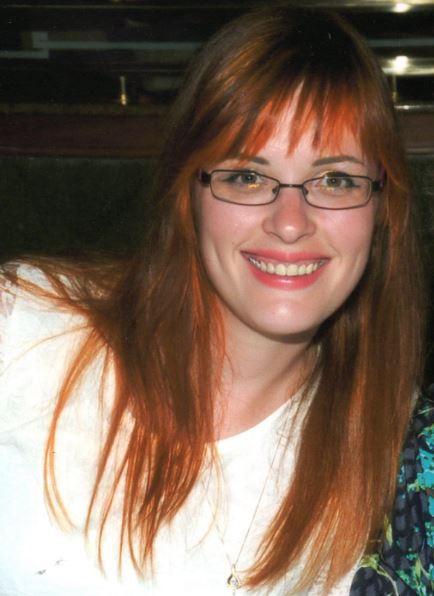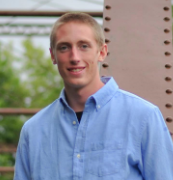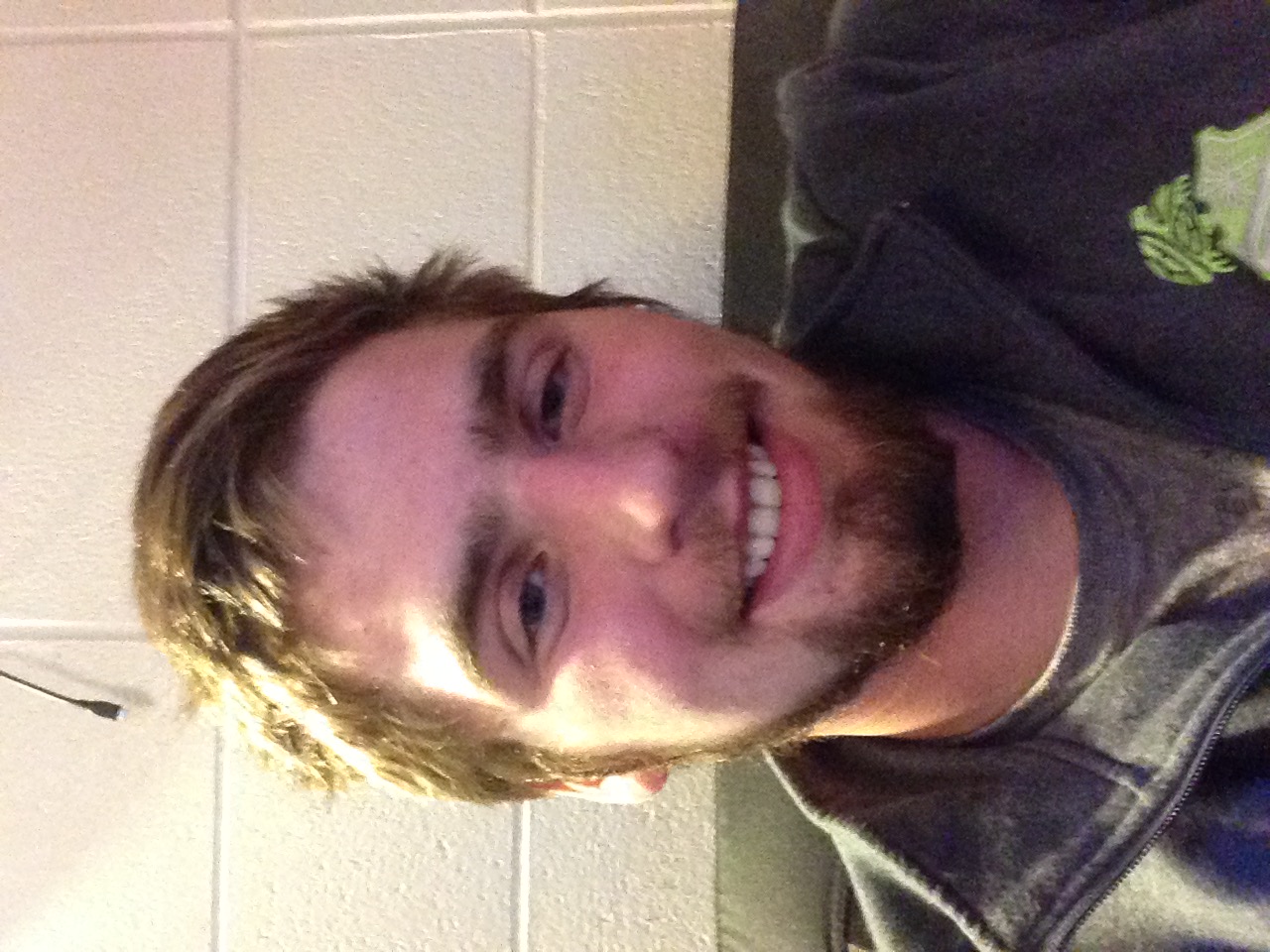Celebration of Scholars
Building a Biosensor as Part of a Synthetic Biology and Computer Science Pre-REU Pilot Program
 Name:
Stefanie Huttelmaier
Name:
Stefanie Huttelmaier
Major: Environmental Science, Biology
Hometown: Kenosha, WI
Faculty Sponsor: Deborah Tobiason
Other Sponsors: Mahoney, Mark
Type of research: Independent research
Funding: NSF
 Name:
Jacob Haag
Name:
Jacob Haag
Major: Neuroscience
Hometown: Lodi, WI
Faculty Sponsor: Deborah Tobiason
Other Sponsors: Mahoney, Mark
Type of research: Independent research
Funding: NSF
 Name:
James Hasbrouck
Name:
James Hasbrouck
Major: Computer Science
Hometown: Wheaton, IL
Faculty Sponsor: Deborah Tobiason
Other Sponsors: Mahoney, Mark
Type of research: Independent research
Funding: NSF
Abstract
Submit date: March 15, 2016, 5:49 p.m.
